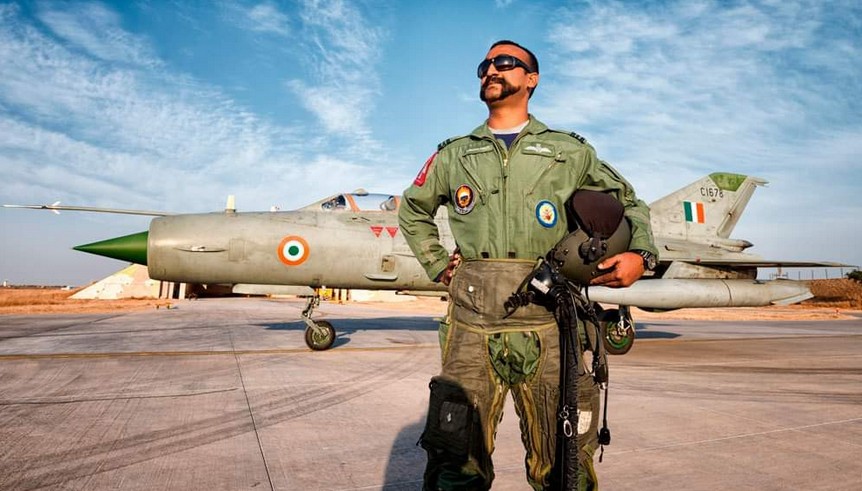
Why in the News?
The Indian Air Force’s longest-serving combat aircraft, the Russian-origin MiG (Mikoyan and Gurevich)-21, is set to be phased out by September 2025.
About MiG-21:
- Type: Single-engine, single-seater, multi-role fighter and ground attack aircraft.
- Origin: Originally inducted as an interceptor; later upgraded for multi-role capabilities.
- Key Indian Variants: Type-77, Type-96, MiG-21 BIS and MiG-21 Bison (most advanced variant with upgraded radar, avionics, and missile systems).
- Safety Concerns:
- High accident rate, especially in recent decades.
- Earned the nickname “flying coffin” due to frequent crashes and pilot fatalities.
- Combat Features:
- Performance: Known for high speed, agility, and rapid climb capability.
- Armament: Capable of deploying both air-to-air and air-to-ground missiles.
- War Record: Played key roles in- 1965 War with Pakistan; 1971 Bangladesh Liberation War; 1999 Kargil Conflict.
- Notable Operation: In 2019, a MiG-21 Bison piloted by Group Captain Abhinandan Varthaman shot down a Pakistani F-16 during aerial combat.
Induction and Retirement:
- Induction:
-
- Timeline: Inducted into the Indian Air Force in 1963 during tensions with China and Pakistan.
- Assembly: First units assembled in India at Chandigarh with Soviet assistance.
- Scale: Over 700 MiG-21s were procured, forming the backbone of the Indian Air Force for decades.
- Retirement:
-
- Current Status: As of now, three MiG-21 Bison squadrons remain, each with 16–18 aircraft.
- Replacement: To be replaced by the indigenously developed Tejas Mark-1A aircraft.
Back2Basics: LCA Tejas
|
| [UPSC 2024] Consider the following aircraft:
1. Rafael 2. MiG-29 3. Tejas MK-1 How many of the above are considered fifth generation fighter aircraft? Options: (a) Only one (b) Only two (c) All three (d) None* |
Get an IAS/IPS ranker as your 1: 1 personal mentor for UPSC 2024

